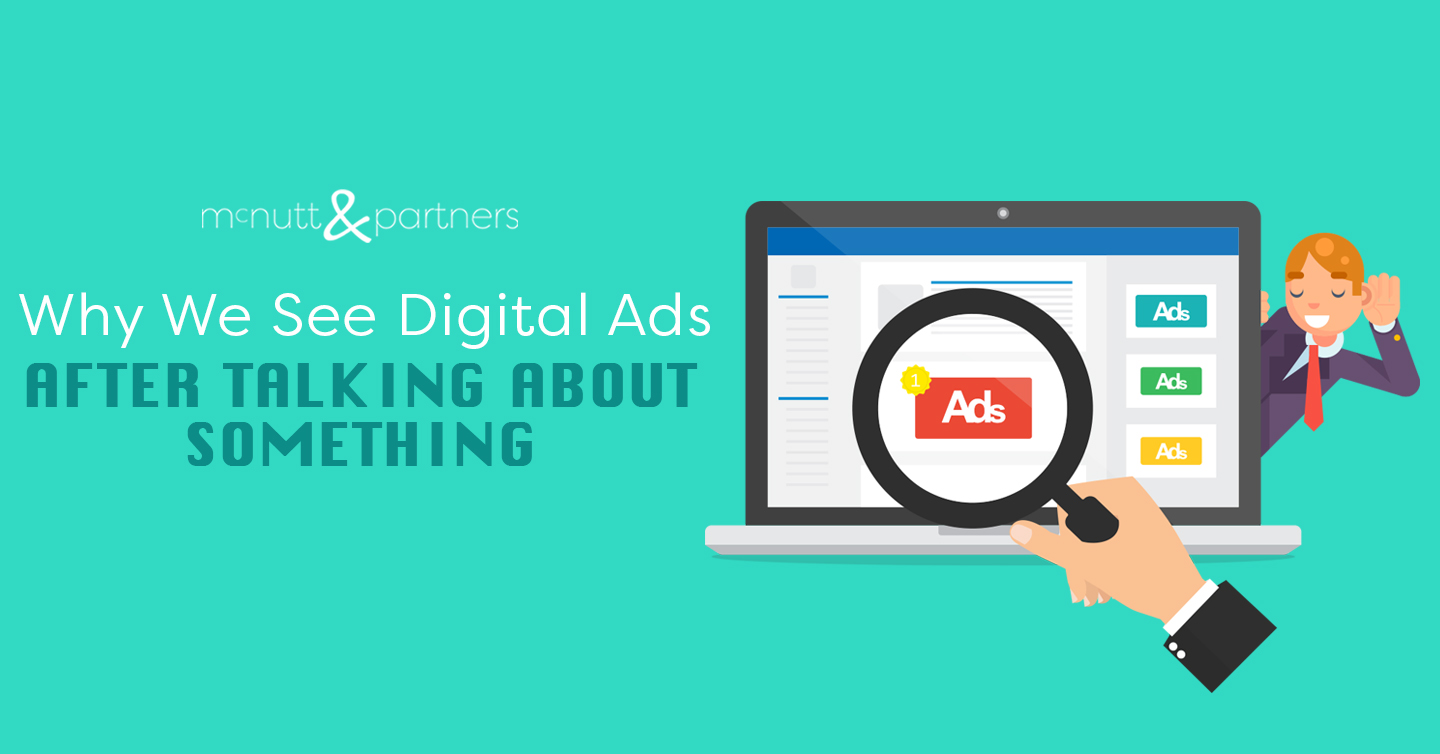
New-Age Data: How E-Commerce Companies Can Target Consumers Through Digital Ads Online
Ever feel like your phone is listening to you?
You’re walking out to your car after your morning workout routine, telling your friend how unimpressed you are with your current protein and want to bulk up faster. You make a quick stop at GNC on your way home and browse a few options to find on Amazon later. You get back home and forget about it, rushing to get ready for work.
While enjoying your lunch later that day, you open up Instagram and make it past three posts before a bright, animated image of a giant bag of protein appears in your feed, offering you a one-time, exclusive offer for 50% off this 60-serving, 1,200-calorie, 55g protein shake. You freeze, realizing you forgot to search for protein alternatives, and apparently didn’t need to.
How did they know?
Technology like Siri and Alexa enable your phone to listen to you whether you’re actively using it or not ecommerce marketing but who has access to that data? Can brands target you online based on what your phone hears you say?
While basic variations of this data are available to the common advertising company, the depths of accessibility to the data that culminate the very core of who each individual is as a consumer has only been available to corporations ready to pay a cool $50M just to acquire it – until now.
The value of this information cannot be fully understood without a practical application of it. In 2020, the founder of a newly launched marketing agency, Ensemble Collective, which specializes in ethically leveraging this data to eliminate wasted ad spend and accelerate sales growth for D2C brands, shared his initial experiences with highly sensitive variations of this data.
“My introduction to truly powerful, data-driven marketing was incredibly eye-opening”, he began. “We were able to acquire lists of people whose mobile device had been within a 3-foot distance of a specified geo-fence we drew around thousands of physical locations. We uploaded these lists to social media ads and targeted them on financial status, products they browsed, and much more complex private data.”
He went on to explain that their targeting was so efficient, that competitors began calling to complain about stealing their customers. The company saw its ROI skyrocket to nearly 20X from social media alone and costs plummet.




